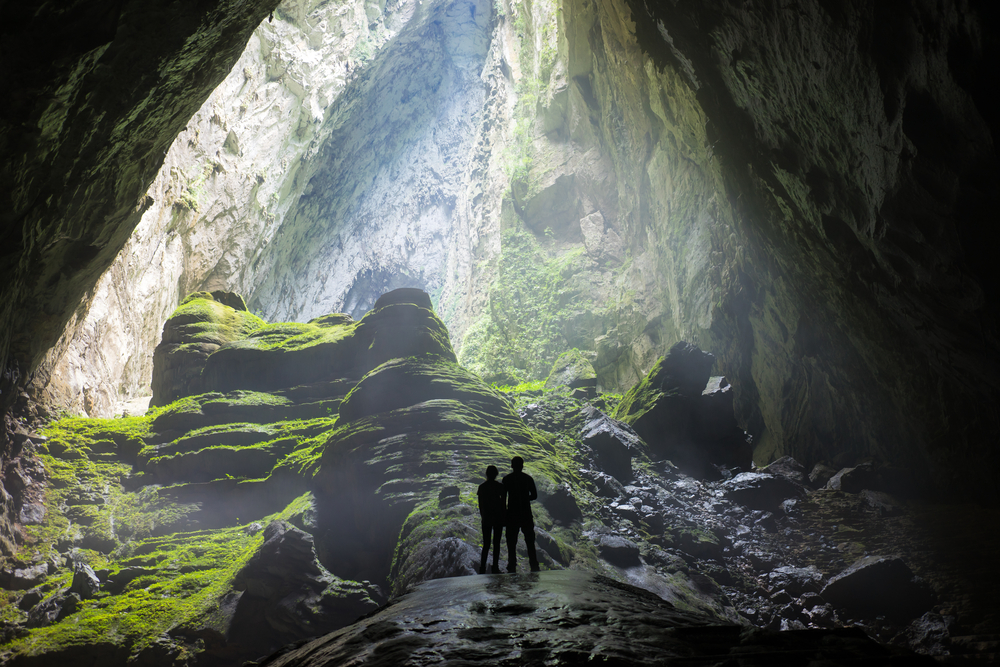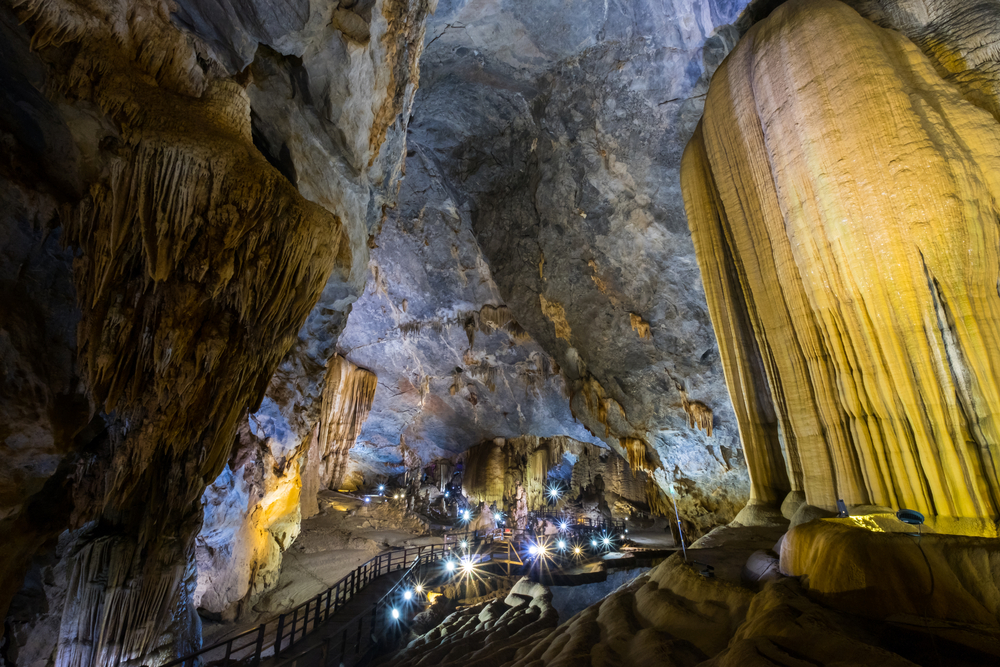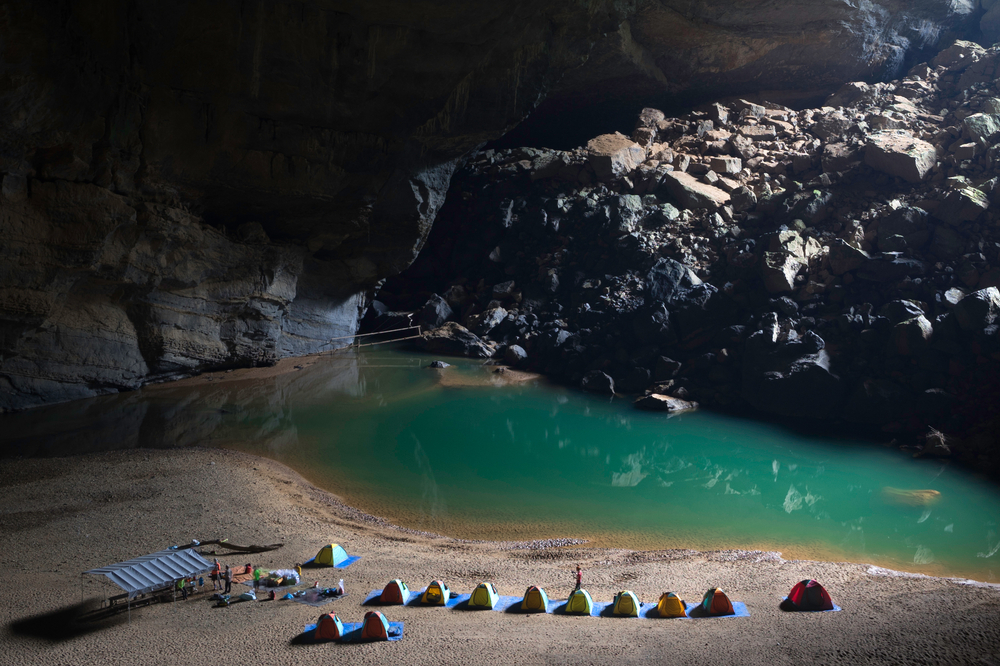The Son Doong Cave in Vietnam is the largest known cave passage in the world, and is so large it has its own climate.
In 1991, the sounds of wind and flowing water near the entrance attracted local Hồ Khanh to discover the Son Doong Cave. However, due to it’s a steep descent directly after it’s entrance, it was first explored in 2009.
The cave sits in Phong Nha-Kẻ Bàng National Park on the Laos-Vietnam border, and includes a large, fast-flowing river, a forest and what is known as the Great Wall of Vietnam.
It's simply astonishing! https://t.co/BCE62F7nFC #Pyramids #Mexico #Archaeology #Culture #History
— The Life Pile (@thelifepile) October 27, 2017
Believed to be between two and five million years old, Son Doong Cave is made up of limestone from the Carboniferous and Permian era – millions of years ago.
It became popular to the world after a group of explorers from the British Cave Research Association went in and surveyed it in April 2009. However, their journey was cut short when they reach the Great Wall of Vietnam – a 60-meter high calcite wall.
When the Great Wall was traversed in 2010, cave pearls the size of baseballs were discovered behind it, some of the largest ever found.
Measuring some 9 kilometers in depth, it is 150 meter wide and has a 200-meters high cave ceiling. Two very large holes in the ceiling allows sunlight to enter the cave, which has resulted in the growth of various species of fauna.
Then Son Doong Cave is also home to some of the tallest known stalagmites in the world, some standing as high as 70 meters tall.
Good news is that you can visit the cave, but the bad news is that it will cost as much as $3,000 per person. Guided tours are held from February to August each year, but only 800 spots are allowed to join each season.
If you end up among those lucky enough to join on the parties, you will get to explore its depth and camp near the river bank.






